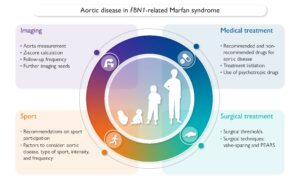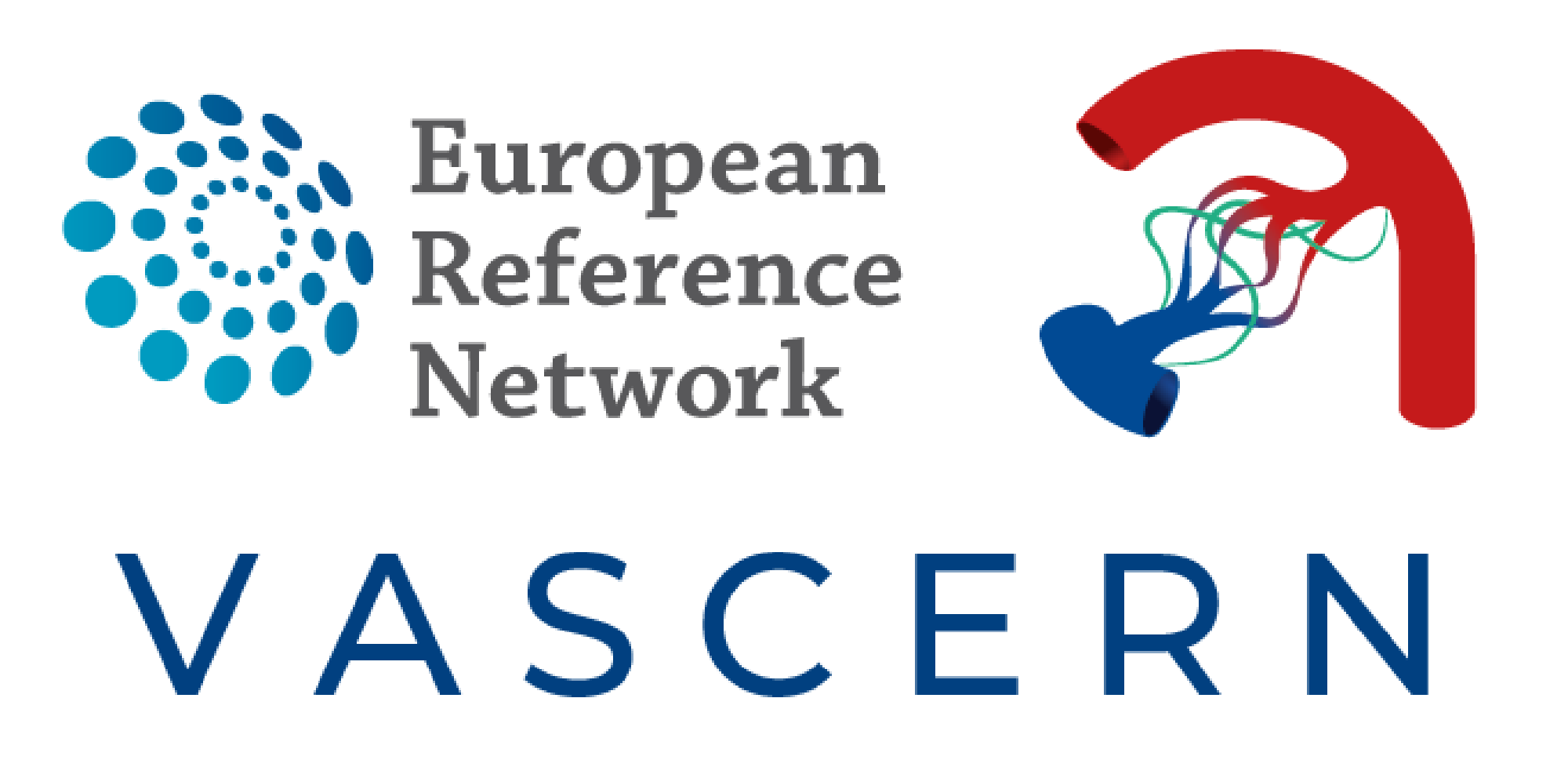
A new consensus document, “Management of aortic disease in children with FBN1-related Marfan syndrome,” has been published, offering crucial guidance for the management of aortic disease in children with Marfan syndrome (MFS). This collaborative effort is led by the pediatric subgroup of the European Reference Network on Rare Multisystemic Vascular Diseases (VASCERN) Heritable Thoracic Aortic Disease Working Group and the Association for European Paediatric and Congenital Cardiology (AEPC).
Marfan Syndrome in Children: The Need for Specific Guidelines
Marfan syndrome is a rare hereditary connective tissue disorder, affecting approximately 1 in 5,000 to 1 in 10,000 individuals. It is characterized by specific ocular, cardiovascular, and skeletal features. One of the most serious cardiovascular complications is aortic root dilatation, which can lead to life-threatening aortic dissection if not managed effectively.
Currently, the lack of specific guidelines for children with Marfan syndrome means that management is often based on adult protocols. This gap in pediatric-focused care has led to varying practices across different healthcare centers. This new joint statement aims to bridge this gap and standardize the care provided to children with Marfan syndrome.

Key Recommendations for Pediatric Marfan Syndrome Care
The consensus statement brings together expertise from 12 centers across 8 countries, offering clear recommendations on four critical areas of managing aortic disease in children:
- Imaging of the Aorta at Diagnosis and Follow-Up
- Medical Treatment
- Surgical Treatment
- Sports Participation
A Step Forward for Pediatric Aortic Disease Management
This joint statement represents a significant step forward in improving the outcomes for children with Marfan syndrome. By providing standardized guidelines, it aims to reduce the risk of life-threatening aortic events in pediatric patients and harmonize treatment approaches across Europe.
Access the full recommendations here.
